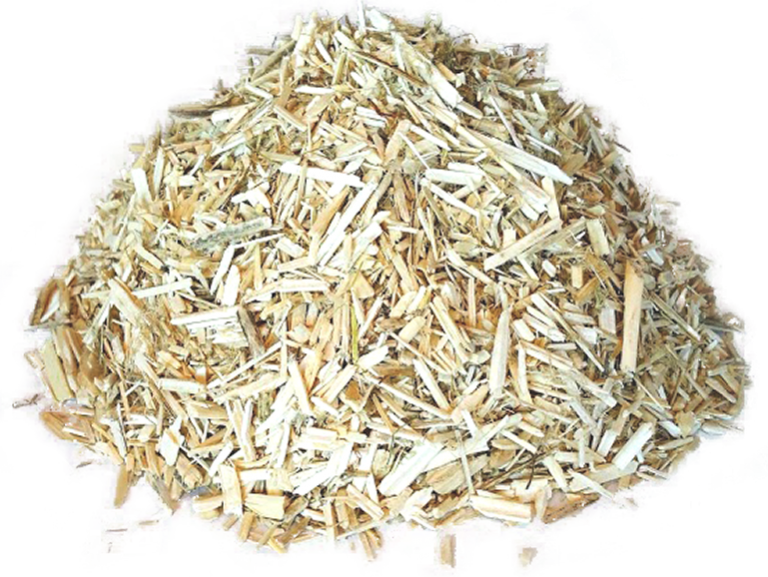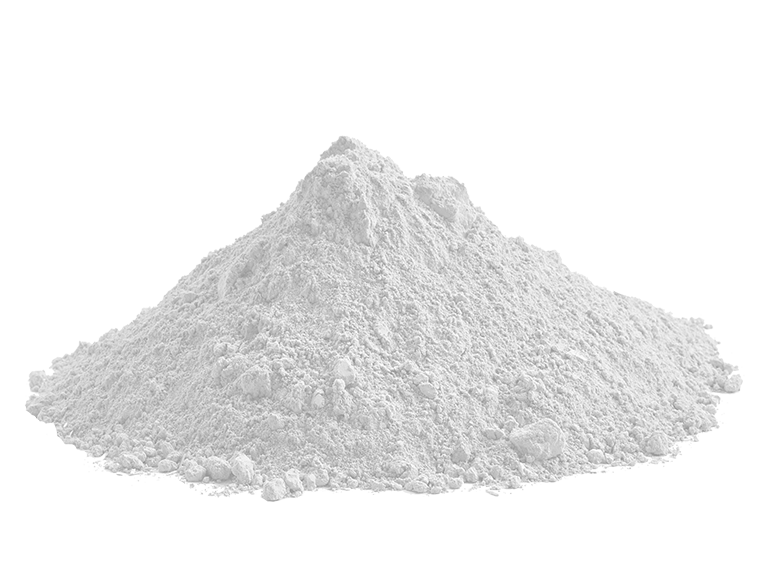Hemp and Lime

La scelta di un biocomposito a base di canapa e calce è frutto di un lavoro di ricerca volto al raggiungimento di un obiettivo desiderato: la rigenerazione dell’intero sistema e al contempo l’istituzione di un nuovo modello di business, che offrisse enormi vantaggi sotto l’aspetto sociale e ambientale.
La canapa è una materia prima che, se disponibile su larga scala in Italia, farebbe la fortuna di agricoltura, industria, farmaceutica, alimentare, manifatturiero, edilizia e terziario. Ottima per tutti gli usi per qualità, ma con un problema… la poca conoscenza, disponibilità e l’approccio artigianale delle realtà esistenti fino al 2010 in Italia, la rendevano non competitiva in tutti i settori tranne uno: l’edilizia.
La miscela di canapa e calce offre un prodotto totalmente naturale, in grado di rispettare l’ambiente, di risolvere i problemi delle attuali costruzioni e di donare elevato comfort e benessere agli abitanti. La canapa risolve le attuali e diffuse problematiche in ambito edilizio: la sindrome da edificio malato, il limitato comfort e benessere abitativo e il numero sempre crescente di costruzioni particolarmente energivore. Tutto questo senza materiali alternativi in grado di dare gli stessi risultati.
Grazie alla sperimentazione in Italia della tecnologia francese e inglese, ed alla ricerca e sviluppo, siamo riusciti ad abbattere le barriere che per anni hanno limitato l’impiego della canapa su larga scala nel settore edile, con innovazioni tecnologiche che consentono di realizzare muri per case passive al costo dei sistemi energivori e malfunzionanti tradizionali. Ad oggi, utilizziamo tutto il canapulo disponibile in Italia e ne importiamo altrettanto dalla Francia… questo sta consentendo a diverse realtà in Italia di investire sulla filiera, e di ampliare le spire del circolo virtuoso immaginato e creato all’inizio di questo progetto.
What is Hemp ? (Cannabis Sativa L.)
La Canapa Sativa è una pianta erbacea a ciclo annuale con uno stelo sottile che varia in altezza da 1,5 a 4,5 m ed un diametro da 0,5 a 2,0 cm.
Lo stelo è composto da una superficie esterna, contenente fibre lunghe e molto resistenti, e da un nucleo interno legnoso, detto anche canapulo. Può essere più o meno ramificato a seconda della densità con cui vengono seminate le piante. Quando è seminata in modo fitto gli steli non ramificano del tutto.
Canapa e marijuana non sono la stessa cosa. Il contenuto di THC della canapa industriale (legale) e’ pari o inferiore allo 0,2%. Il contenuto di THC della marijuana (illegale) può variare dal 5 al 20%.
A bit of history…
La canapa veniva già coltivata dai cinesi 8500 anni fa e veniva sfruttata principalmente come fonte di fibra e solo in modo limitato come fonte di semi oleosi. La canapa ad uso fibra si è diffusa prima in Asia occidentale ed Egitto e successivamente in Europa tra il 1000 ed il 2000 a.C. La sua coltivazione in Europa e’ diventata estesa dopo il 500 d.C.
Fin dall’inizio del XX secolo, la canapa era la fibra di eccellenza per la produzione di corde e veniva descritta come “la regina delle piante da fibra, lo standard tramite cui misurare tutte le altre fibre”.
Il Marijuana Tax Act del 1938 ha di fatto terminato la coltivazione e la trasformazione di canapa negli Stati Uniti; proibizione che si è successivamente diffusa in Europa e praticamente in tutto il mondo.
La diversità dei prodotti per cui la canapa può essere coltivata è straordinaria. Il noto magazine americano Popular Mechanics celebrava la pianta come “il raccolto da un milione di dollari”, affermando che “può essere utilizzata per realizzare più di 25.000 prodotti, dalla dinamite al cellophane”.
Environmental Aspects
La canapa è una pianta estremamente resistente, che può crescere praticamente ad ogni latitudine senza l’uso di fertilizzanti e pesticidi. Nel suo ciclo di vita sequestra ingenti quantità di carbonio, per via della crescita molto veloce (in media 120 giorni). Anche la resa in biomassa è particolarmente alta: durante il ciclo di crescita, se defogliata meccanicamente, la maggior parte della biomassa ritorna sul suolo e si decompone velocemente. Ha inoltre un effetto di bonifica dei terreno perché assorbe sostanze inquinanti come zinco e mercurio. Durante la raccolta, infine, le radici vengono lasciate a terra mantenendo il suolo compatto e funzionando da condotta di areazione per il sottosuolo.
Uses
Long fibres
» Prodotti in bio-plastica
» Carta di alta qualità
» Pannelli isolanti per l’edilizia
» Materiali geo-tessili biodegradabili e prodotti per il giardinaggio
» Prodotti tessili grezzi (tappeti, tappezzeria)
Prodotti tessili delicati
Woody Core
» Edilizia: costruzione (biocomposito di canapa e calce, pannelli, intonaci)
» Edilizia: isolamento termico e acustico
» Lettiere per animali
Seeds
» Pasticceria, prodotti da forno
» Olio da condimento
» Cosmetici per la cura del corpo
» Mangimi per animali (seme intero per uccelli, scarto di spremitura per foraggio)
» Integratori alimentari di acido gamma-linolenico
» Oli speciali ad uso industriale
Whole Plant
» Alcol
» Combustibile (biomassa e biocombustibile)
» Silaggio
The advantages for building
Hemp Shiv

Il truciolato di canapa (canapulo) è ricco di microscopici alveoli colmi di aria in cui si susseguono continui processi di micro-condensazione e micro-evaporazione in grado di bloccare il passaggio di caldo e freddo dall’esterno all’interno dell’edificio (e viceversa) e di regolare l’umidità, offrendo un eccezionale confort abitativo.
IN PRATICA:
• Isolamento termico
• Isolamento acustico
• Inerzia termica
• Regolazione umidità
Lime

La calce può essere classificata, in base alla modalità in cui indurisce, in:
calce aerea: tramite la lenta combinazione con il diossido di carbonio nell’aria (processo di carbonatazione)
calce idraulica: in presenza di acqua, tramite la combinazione con silicati ed alluminati (impurità contenute naturalmente oppure aggiunte in secondo momento)
A bit of history…
La calce è un materiale utilizzato in edilizia fin dall’antichità.
Gli Egiziani la utilizzarono per intonacare le piramidi circa 6000 anni fa, i Romani utilizzavano regolarmente malte a base di calce (Pantheon, acquedotti, ecc.).
L’impiego della calce come legante è continuato indisturbato fino al XIX secolo, sino all’invenzione del cemento Portland che ha gradualmente portato al suo declino.
Negli ultimi 20-30 anni, si è assistito ad un ritorno della calce nei lavori di conservazione di edifici storici a causa dei danni derivanti dall’uso del cemento.
Vantaggi della Calce nell’Edilizia
Traspirabilità: diretta conseguenza della sua alta porosità e permeabilità al vapore
Auto-riparazione: le crepe causate dalla contrazione ed espansione della costruzione in calce sono limitate: l’umidità che penetra permette lo scioglimento del calcare ‘libero’ che si deposita riparandole
Conduttività termica: contribuisce ad aumentare la sensazione di confort sia in climi caldi che in climi rigidi
Lavorabilità: capacità di una malta o di un intonaco di restare omogeneo e modellabile. Conseguenza della plasticità e della ritenzione idrica della calce
Durevolezza: se utilizzata propriamente, la calce è estremamente durevole
Associations and Partners
Our institutional collaborations promote ethical and sustainable green building.
We are active members of:





